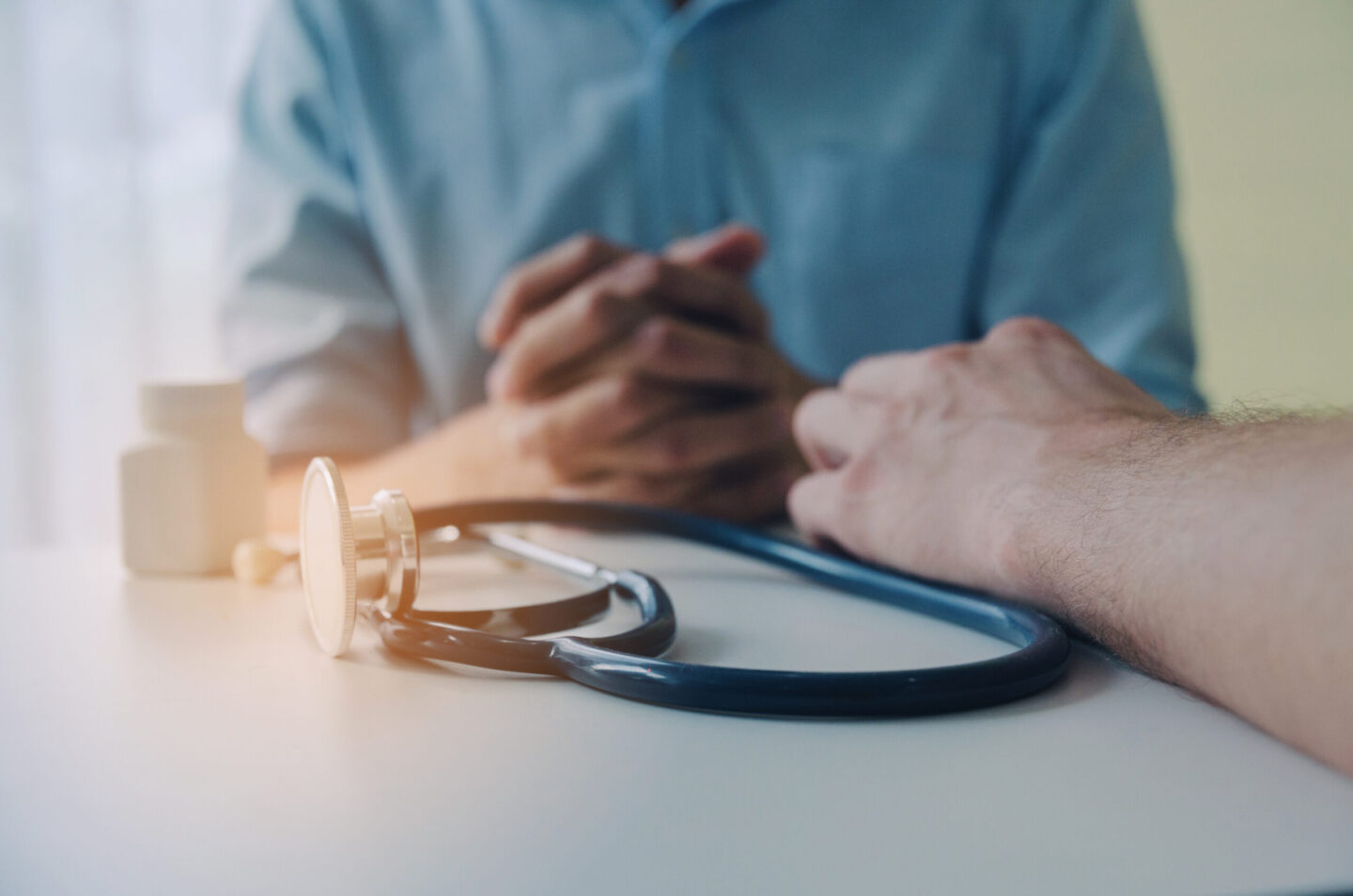Learn about radical prostatectomy as a surgical treatment for prostate cancer and when it may be an appropriate option.
A radical prostatectomy is surgery that aims to treat prostate cancer by removing the prostate and surrounding tissue, thereby removing the cancer cells within it.
Radical prostatectomy is typically performed via robotic keyhole surgery under a general anaesthetic. Your surgeon will remove the entire prostate and the seminal vesicles, which are glands that produce some of the fluid in semen to support sperm health.
To check that the cancer was completely removed, the extracted specimen is sent to pathologists for analysis, and you will need to have follow-up blood tests 6 to 8 weeks after your surgery. If there is evidence of the disease having spread, you may need further treatment.
Speak to your health care team, who will be able to advise you on the advantages and disadvantages of radical prostatectomy and whether it’s suitable for your situation. Your state of health, your age and the stage of your cancer are all factors to be considered.
Some of the main advantages of having a radical prostatectomy include:
Additionally, in some cases, the radical prostatectomy will provide confirmation of whether the cancer has spread outside the prostate.
The disadvantages include the risks associated with surgery and the potential side effects. The procedure takes 3-4 hours, there are the inherent risks of surgery: bleeding, infection, damage to other organs, hernias and anaesthetic risks.
When considering the advantages and disadvantages of a radical prostatectomy, remember that everyone has different priorities. What’s important to you may not be so important to someone else.
There are several possible side effects to be aware of before deciding to have a radical prostatectomy. They include:
It’s important to be aware that these side effects don’t always occur after a radical prostatectomy – not everyone will experience them. There are different factors that may increase or decrease the side effects, including:
In the weeks leading up to your radical prostatectomy, you will need to have tests to check your general health status, including:
It is also important to exercise your pelvic floor muscles several weeks before your surgery. Working the pelvic floor may help you manage some of the side effects, including urinary incontinence. The St Vincent’s Men’s Health Centre offers a pelvic floor physiotherapist to provide initial pre-operative assessment, pelvic-floor exercise program prescription and ongoing review/support after the surgery.
During a radical (ROBOTIC) prostatectomy:
Your surgeon will then:
Before closing the port sites, your surgeon may insert a drain to remove any extra fluid.
If you have open surgery, the process will be similar, but your surgery will be performed via a cut below your umbilicus.
You will return to the ward after waking up. Your medical team will encourage you to eat, drink and move as soon as you are comfortable. You will be able to leave the hospital one to two days after your surgery.
The catheter that was put in place during surgery will drain urine without you needing to go to the toilet. It will typically remain for 7 to 10 days, although if a reconstruction of the bladder was required, the catheter may need to stay for longer. If it feels uncomfortable, your medical team can give you medication to reduce the sensation from your bladder. Your team will also show you how to care for your catheter.
While you recover in hospital, you may notice bruising and swelling around your penis and testicles. This usually goes away after a few weeks. You will have pain-relieving medication to help you recover. Wearing supportive underwear can help you to manage pain.
Your wound will be closed with glue, clips or stitches, depending on whether you had keyhole surgery or open surgery. If you had open surgery, you might need stitches removed one or two weeks after your surgery. Your medical team can give you more information about how to care for your wound at home.
The healing process can take several months. Remember to be kind to yourself while you heal. Eating a healthy diet and resuming gentle exercise will help you to stay healthy while you recover. Start exercise slowly and only under guidance from your medical team. Your team can tell you more about when it is safe to return to activities and which activities you should avoid.
As you recover from your surgery, the next steps may include:


